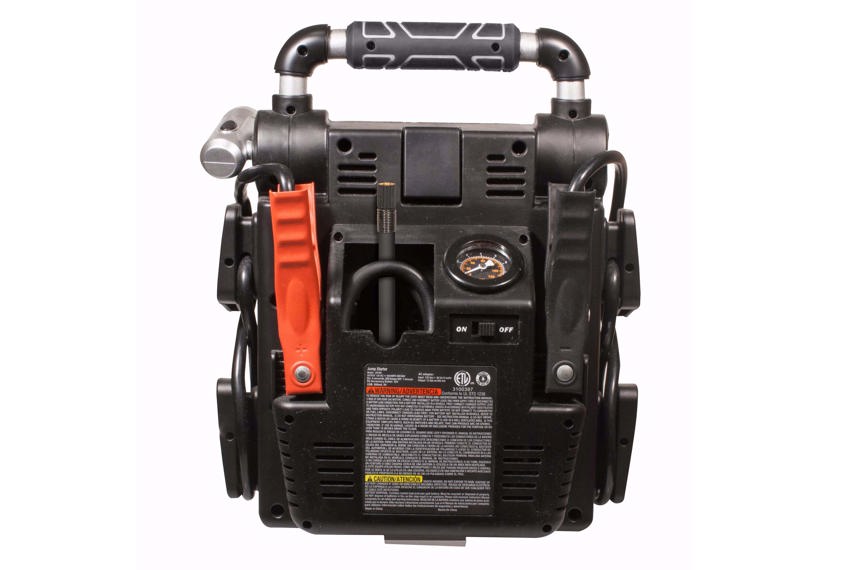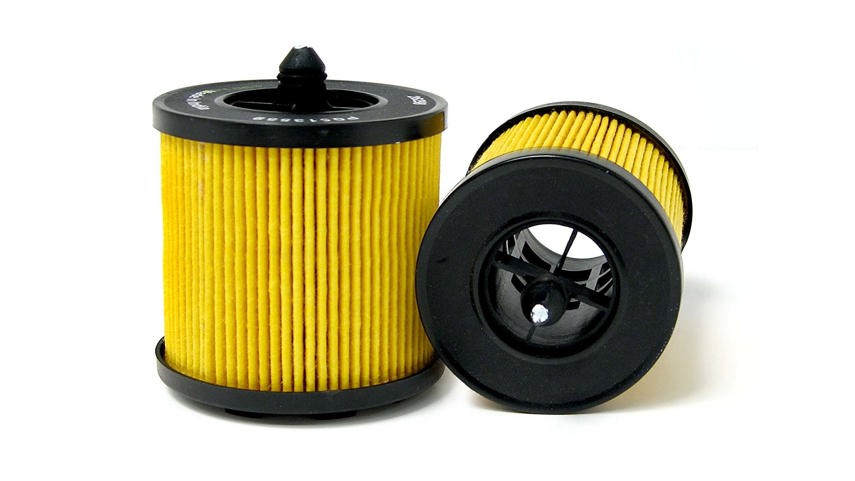While visiting my sister-in-law the other week, I had trouble moving through the entrance of her house. Stacked up everywhere were boxes, bags, and half-assembled baby things. Scattered throughout were stacks and stacks of diapers and various wet wipes, creams, and lotions.
It was like walking through the newborn isle of Shoppers Drug Mart after a category-five hurricane.
In anticipation of their new baby, my brother and sister-in-law had accumulated a stockpile of provisions that would help make life with their new baby easier.
Then, I got to thinking about the things I tend to accumulate before a new baby arrives in my household. In my case, it’s a different sort of baby (of the four-wheeled variety), but same concept.
Here’s a list of items I’ve found useful to have on hand for when the new car finally comes home. The items listed here are cheap, easily available, and should prove useful for most motorists, both in the short term and long term.

Plastic Pocket Expanding File Folder
Cost
$10
Why
Because one day, you’ll sell your new baby (or trade it in), and this accessory will help make you look like a record-keeping superstar when you do. Head to Staples, and you’ll find plenty of selection on expanding file folders for about $10.
Plastic is ideal, and you’ll want something that can be closed up and sealed tightly with a buckle or elastic.
Within the file folder are several separated slots. Use these to organize any and all receipts, records, recall notices, and other documentation you’ll accumulate over years of owning and caring for your ride. Oil changes, tune-ups, tires, software updates, warranty work – everything goes into your special folder.
Organizing for chronological order is best, but the point is simple: use this cheap folder to store, protect, and organize every single piece of documentation you can that relates to your vehicle.
Then, someday, when asked, “Hey, do you have service records for this car?” you can hand it over to a potential buyer, proving that you have excellent record-keeping skills and a paper trail for literally everything that’s ever been done to your ride. Having this stuff handy can, after all, remove a great deal of uncertainty for the second-hand shopper.
Organizing your documents is a small investment in time and money, but one that can prove an advantage in the used car marketplace down the line, especially if you sell your ride while it’s still covered by factory warranty, in which case, having all service records is an absolute must.
Pro Tip
Keep the folder indoors or in your garage, not in your vehicle if possible. Why? Many receipts are printed on thermal paper, which can degrade rapidly and become unreadable after just a few months if repeatedly left in a hot car. Keep your receipts cool for best results.

Protective Floor Mats/Liners
Cost
$200 (varies)
Why
Protective floor and cargo area liners are sometimes pricey up front, but they’re one of those investments that tend to prove worthwhile in the long run. WeatherTech products tend to be the most popular here, but other options are available if you shop around, often for less money.
If it’s in your budget, order a kit that includes floor mats for each seat, as well as a cargo area or trunk liner. Installation takes about 13 seconds, and an impermeable barrier is formed between your new car’s carpeting and sheet-metal floor, and the barrage of wetness, sand, road salt, slush, and mud that will be tracked in and out on the daily.
For your initial investment of perhaps $150 to $300, nothing harmful will ever touch your vehicle’s carpeting. Therefore, it will look like new when you trade it in or sell it one day, which will improve your resale value. Plus, you’ll have a tidier looking and easier-to-clean interior for all the years in between.
Pro Tip
Look for mats with built-in spikes or grips on their underside, which bite into the carpeting to hold the mat firmly in place. Without some provision of this nature, the mats are likely to slip and shift around, which can be annoying or even become a safety hazard if they block the action of your pedals.

Inflator/Booster Pack
Cost
$150–$200
Why
A booster pack with inflator is one of the handiest things you can have in your vehicle, especially if you’re an avid camper. Units like the MotoMaster Eliminator can be had for $200 or less, and feature a carry handle, built-in LED flashlight, multi-port USB charging, and built-in booster cables. The unit is compact but heavy (it has a big battery inside). You charge it up with an extension cord, and when full, it can jump-start multiple engines (automotive or otherwise), recharge numerous smartphones, or provide hours of localized lighting.
The built-in inflator lets you rapidly inflate beach toys, camping gear, and more. It can also inflate the tires on your car. Best of all, it makes checking and adjusting tire pressures a cinch: just connect the air line, use the arrow buttons to call up the inflation pressure you’d like (see your owner’s manual), and press GO. The inflator does the rest, automatically stopping when the tire reaches the desired pressure.
Pro Tip
When you won’t be using it, leave the inflator/booster pack indoors to recharge. Prolonged storage in a very hot or very cold vehicle can damage the on-board battery. I’ve owned three of these units over the years, and find they last much longer when kept away from extreme temperatures as much as possible.

Battery Trickle Charger
Cost
$60 or less
Why
They don’t make batteries like they used to and numerous owners across many makes and models of vehicles regularly report the need to replace factory-supplied batteries in as little as two years. Also, modern vehicle electronics are very fussy about having sufficient power to do their jobs.
A weak or dying battery can wreak havoc with your car’s electronics, causing a multitude of frustrating issues that may manifest at random. These include such goodies as spontaneous alarm activation at 3 a.m., sporadic failure of multiple safety systems, and the simultaneous illumination of multiple warning lights for no apparent reason.
The battery in your new car is covered by warranty, but a battery trickle charger remains a good idea. You can get one at your favourite store for $60 or less (a cheap one is all you need). Connecting it to your battery takes less than a minute in most cases.
So, hook it up whenever you won’t be driving your car for more than a few days. While parked, the trickle charger maintains, conditions, and tops up the battery, making your electronics happy, helping your battery to last longer, and saving you headaches in the process. Regular use of a trickle charger can even help prevent no-start situations in the dead of winter.
Pro Tip
If you need a battery, you need a battery. Note that a trickle charger is designed to maintain a healthy battery, not to resurrect a dead one. If the battery in your vehicle is on its last legs, a trickle charger won’t typically save it. If you experience suspected battery-related issues, a battery and charging system check can be had for cheap (or sometimes free) at your local service centre or auto parts store.

Factory Oil Filters
Cost
Varies
Why
Factory oil filter are the best oil filters for your new vehicle for numerous reasons. Among them? If a non-factory oil filter happens to fail and cause engine damage, then that damage is not covered by your powertrain warranty (which only covers failure of factory-approved parts).
Having extra factory oil filters on hand is a great idea. If you’re a driver who does their own oil changes, it means you’ll always have the right warranty-approved filter on hand. If you’ll stop at a lube-shop instead, it means they can install a factory oil filter, not an aftermarket one, which won’t nuke your warranty if it fails and causes engine damage. Do-it-yourselfers may also wish to keep extra factory-approved air filters, engine oil and cabin air filters on hand, too.
Pro Tip
If you plan to do your own maintenance work on your new vehicle, talk to your dealer’s service advisor first – just in case any extra steps, documentation, or procedures are required to maintain your warranty in good standing.






